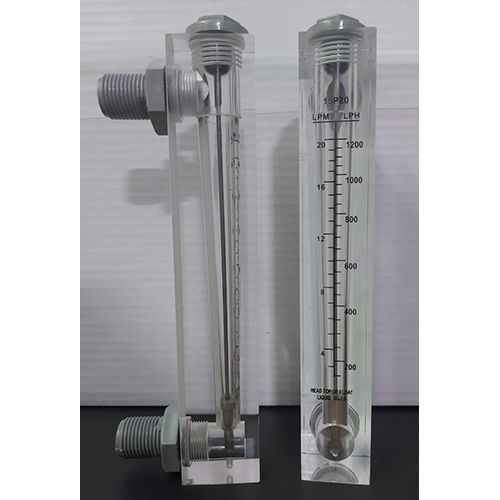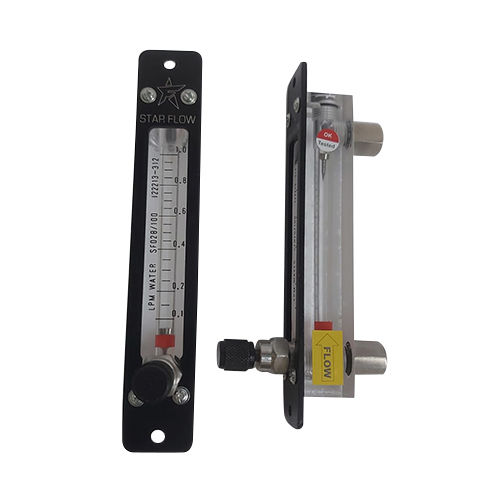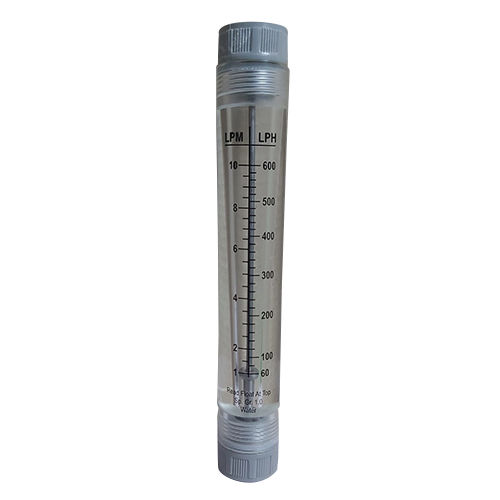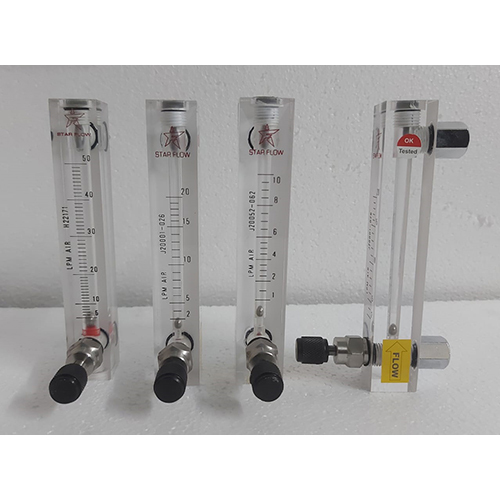Electromagnetic Flowmeter
Price 16000 INR/ Unit
Electromagnetic Flowmeter Specification
- Usage
- Industrial
- Material
- Metal
- Size
- Different Available
- Product Type
- Electromagnetic Flowmeter
- Color
- Blue
- Display Type
- Analog Only
Electromagnetic Flowmeter Trade Information
- Minimum Order Quantity
- 1 Unit
- Payment Terms
- Cash Advance (CA)
- Supply Ability
- 500 Units Per Month
- Delivery Time
- 3 Days
- Main Domestic Market
- All India
About Electromagnetic Flowmeter
The flow rate of conductive fluids, such as water or other liquids, is measured by an electromagnetic flowmeter, also referred to as a magmeter. It functions according to electromagnetic induction theory.
A flow tube, which is the main conduit through which the fluid flows, and a pair of electrodes installed on the flow tube are the essential parts of an electromagnetic flowmeter. The flow tube normally has a consistent cross-sectional area and is composed of a non-magnetic material like plastic or stainless steel.
By passing current through the electrodes and allowing conductive fluid to flow through the flow tube, a magnetic field is created. As it moves, the fluid slashes through the magnetic field lines because it is a conductor. According to Faraday's law of electromagnetic induction, this action produces a voltage proportionate to the flow rate.
The flow rate is directly proportional to the voltage across the fluid that the electrodes monitor. The transmitter or flow indicator receives this voltage signal, analyses it, and outputs information about the flow rate.
Electromagnetic flowmeters have the advantage of precisely measuring flow rates for a variety of conductive fluids, including corrosive and abrasive fluids. They are excellent for a variety of industrial applications because they are unaffected by variations in fluid viscosity, density, or temperature.
However, it's crucial to keep in mind that for proper operation, electromagnetic flowmeters need a conductive fluid. They are not appropriate for detecting non-conductive fluids, such as the majority of gases or hydrocarbons.
In industries like water and wastewater treatment, chemical processing, food and beverage production, pharmaceuticals, and utilities, electromagnetic flowmeters are frequently employed. They are a well-liked option in many applications because they provide accurate and dependable flow measurement.
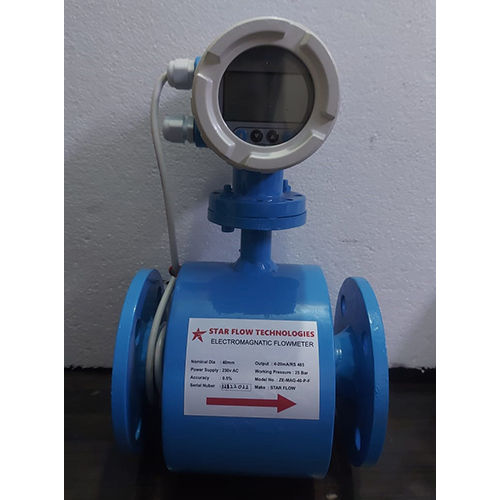

Price:
- 50
- 100
- 200
- 250
- 500
- 1000+
More Products in Industrial Flowmeter Category
Panel Type RO Flowmeter
Price 950 INR / Unit
Minimum Order Quantity : 5 Units
Material : Plastic
Product Type : Panel Type RO Flowmeter
Display Type : Analog Only
Size : Different Available
1 Lpm Water Panel Type Flow meter
Price 1089 INR / Unit
Minimum Order Quantity : 5 Units
Material : Metal
Product Type : Panel Type Flow meter
Display Type : Analog Only
Size : Different Available
Online RO Water Flowmeter
Price 350 INR / Unit
Minimum Order Quantity : 5 Units
Material : Plastic
Product Type : Online RO Water Flowmeter
Display Type : Analog Only
Size : Different Available
Gas Flow meter
Price 1020 INR / Unit
Minimum Order Quantity : 5 Units
Material : Plastic
Product Type : Gas Flowmeter
Display Type : Analog Only
Size : Different Available

 Send Inquiry
Send Inquiry Send Inquiry
Send Inquiry
